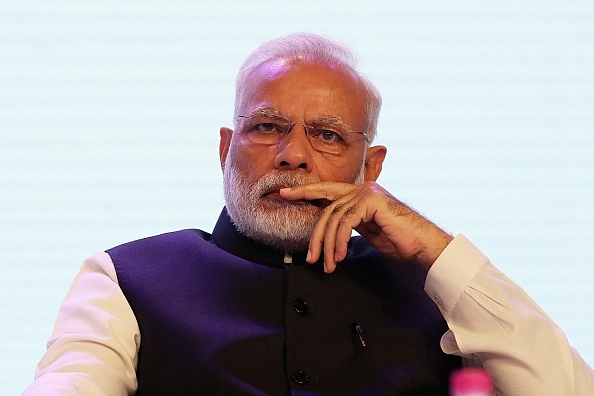
Composition Of Ram Mandir Trust Is Broadly Right; Now For Setting High Levels Of Transparency
One hopes that the trust will gain the trust of devotees by transparent action and not become another public sector undertaking marked by huge corruption and scandal.
A transparency charter should thus be put in place right at the outset.
The announcement of a new Ram mandir trust — called the Shri Ram Janmabhoomi Teerth Kshetra Trust — ticks most of the right boxes barring one: it needlessly inflicts three babus on the trust. Two of them will be nominees from the Centre and Uttar Pradesh, and the third will be the district collector of Ayodhya.
Given the needless meddling in Hindu religious institutions by various states, especially in the south, the last thing one needed was the insertion of babus into this most important temple project in northern India after Independence. The danger is that over time the temple will become more and more beholden to the state, and thus depriving ordinary devotees of a say in how their temples are managed. The three babus inserted into the trust for no good reason could easily have been replaced by nominees from Hindu devotees.
The opportunity for creating a structure which is free from government control and yet capable of managing itself credibly has been lost. If that had been done, it would have provided a template for running temples that are currently under state control, mostly in the south.
That said, the good aspects of the trust are its key trustees. These include its head, former attorney-general K Parasaran, and religious heads from various mutts, including Pejawar and Prayagraj. The inclusion of a Dalit, Kameshwar Chaupal, one of the first to lay the foundation for the Ram Mandir in 1989, is particularly laudable from the point of view of optics and inclusion. Equally important is the requirement that all members of the trust must be Hindus.
The trust is empowered to accept donations in cash, kind of property from anyone. It will surely not lack for funds as it will be visited by millions of Hindus once it is built.
The exclusion of Rashtriya Swayamsevak Sangh (RSS) and Vishwa Hindu Parishad (VHP) people from the trust was probably intended to keep it apolitical, but surely there is some injustice here. The VHP was one of the prime movers in the Ram Janmabhoomi agitation that culminated in the Supreme Court verdict last November in favour of the Ram Mandir. Leaving the VHP out seems a mite unfair, though this can presumably be remedied in future.
The VHP, for its part, has said that its old design for the temple should be accepted. Since most of the work has already been commissioned, it would make no sense to opt for a completely new design, unless warranted by logistical and practical reasons. There is scope, however, for some new thinking on how the entire 67-acre property is to be developed to handle the tourist load it will surely generate.
One hopes that the trust will gain the trust of devotees by transparent action and not become another public sector undertaking marked by huge corruption and scandal. A transparency charter should thus be put in place right at the outset.